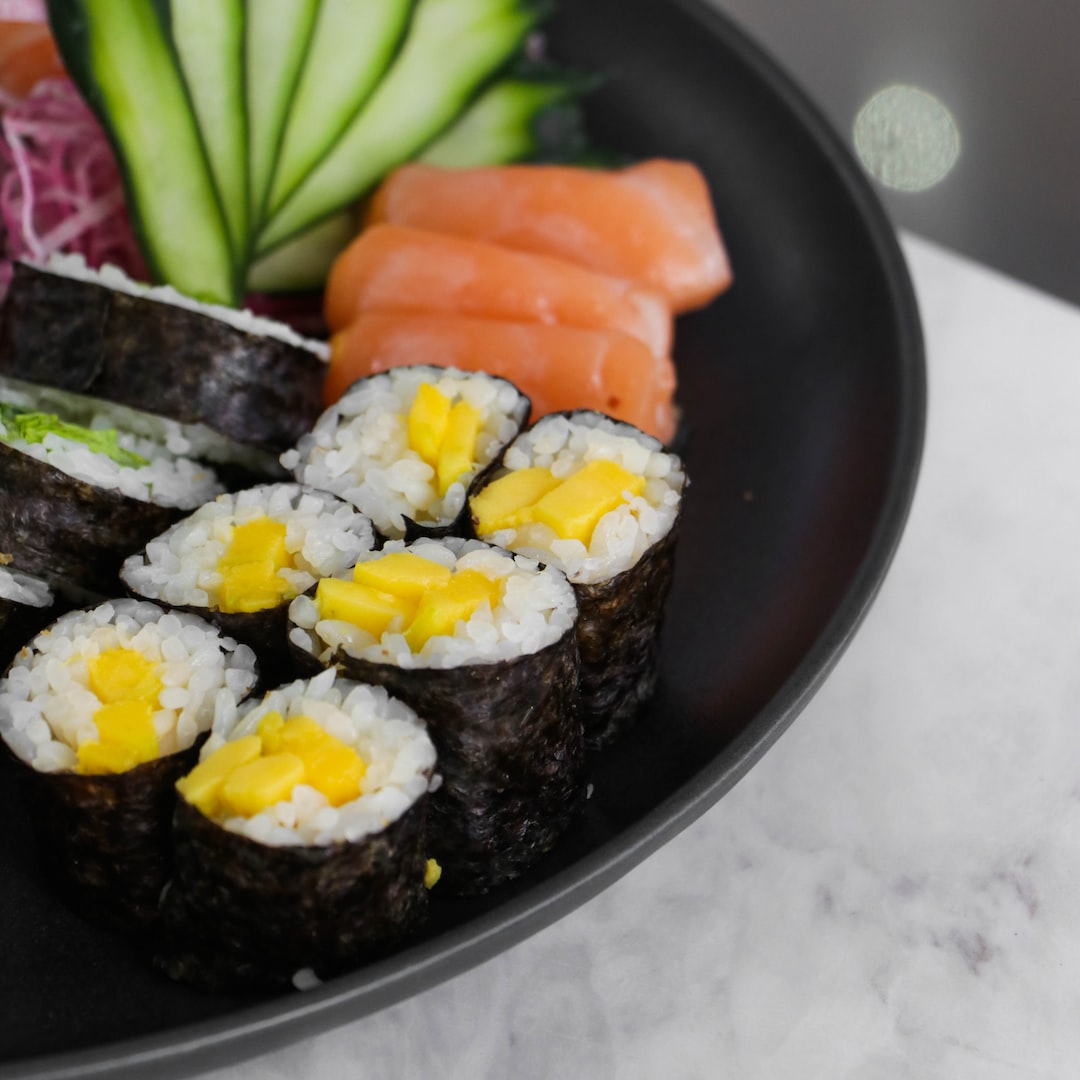Coffee is an integral part of many people’s lives. From the morning ritual to the mid-afternoon pick-me-up, a cup of coffee has become a staple for millions around the world. But have you ever stopped to think about the science behind coffee brewing? Understanding the different methods and techniques can enhance your experience and help you achieve the perfect cup every time.
The first step in brewing the perfect cup of coffee is choosing the right beans. Coffee beans come in different varieties, each with its unique flavor profile. The two most common types are Arabica and Robusta. Arabica beans are known for their delicate and nuanced flavors, while Robusta beans have a stronger, more bitter taste. Experimenting with different bean varieties can help you find your preferred flavor.
Once you have the right beans, the next step is grinding them. The grind size plays a crucial role in coffee extraction. Different brewing methods require different grind sizes to achieve optimal extraction. For example, a fine grind is suitable for espresso-making, while a coarse grind is better suited for methods like French press.
After grinding the beans, it’s time to brew. There are several popular brewing methods, each with its unique characteristics and techniques. Let’s explore some of them:
1. Drip brewing: This is the most common method used in home coffee machines. Hot water is poured over a filter containing coffee grounds. As the water passes through the filter, it extracts the coffee’s flavor and drips into the pot below. This method produces a clean and well-balanced cup of coffee.
2. French press: In this method, coffee grounds are steeped in hot water for a few minutes. After steeping, a plunger with a metal screen is pressed down to separate the grounds from the liquid. French press brewing results in a full-bodied and rich cup of coffee with a more pronounced flavor.
3. Espresso: Espresso is made by forcing pressurized hot water through finely ground coffee. The high pressure and short extraction time produce a concentrated shot of coffee with a thick layer of crema on top. Espresso forms the base for many popular coffee beverages like lattes and cappuccinos.
4. Pour-over: Pour-over brewing involves pouring hot water over coffee grounds placed in a filter. The water slowly seeps through the grounds, extracting the coffee’s flavors and oils. This method allows for precise control over the brewing process and results in a clean and vibrant cup of coffee.
Understanding the science behind each brewing method can help you achieve better results. Factors like water temperature, brew time, and the coffee-to-water ratio all play a role in the final cup. Experimenting with different variables can help you tailor your brewing process to your taste preferences.
Water quality also impacts the taste of your coffee. Using filtered water or spring water ensures that no impurities affect the flavor. Additionally, water temperature is crucial for extraction. Coffee extracts best with water between 195-205°F (90-96°C). Too hot or too cold water can lead to under or over-extracted coffee.
The role of time in coffee brewing cannot be underestimated. The brew time affects the extraction level, which translates into the coffee’s strength and flavor. For instance, a shorter brew time leads to a weaker coffee, while a longer brew time results in a more robust cup. Finding the right balance requires experimentation and adjusting variables according to your taste.
Lastly, the coffee to water ratio determines the strength of your brew. A general guideline is to use one to two tablespoons of coffee grounds per six ounces of water. However, this ratio can be adjusted to suit your taste preference. Some might prefer a stronger coffee with more grounds, while others may prefer a milder brew.
Understanding the science behind coffee brewing can take your coffee experience to a whole new level. With the right beans, grind size, brewing method, and attention to variables like water quality, temperature, brew time, and coffee-to-water ratio, you can consistently brew a cup of coffee that satisfies your taste buds.
So the next time you reach for your favorite brewing method, take a moment to appreciate the science behind it. Experiment, adjust, and refine your techniques to discover the perfect cup of coffee that suits your taste preferences. Happy brewing!

